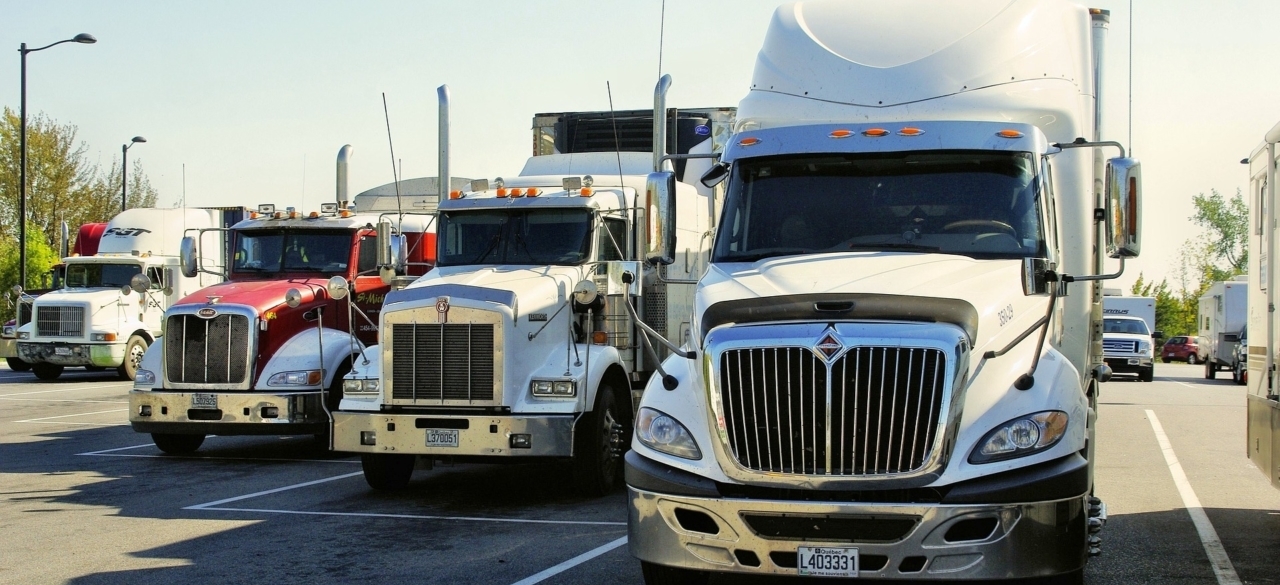During SIA’s CCWP Certification program’s risk module class sessions, attendees are asked to share a word or phrase that comes to mind concerning co-employment. Responses typically focus on the negative, with “danger,” “bad,” “risks,” “threat,” “negative financial consequences” and “avoid” being the most common.
Almost nobody responds with positive words or phrases such as “good,” “no problem,” “glad it exists,” “risks mitigator” or “financial benefit.” Some program participants, haunted by co-employment ghosts of past industry legal events, continue to overreact by installing burdensome CW program rules and policies that create new risks for their programs.
The truth is co-employment is not much of a risk; it is inherent in almost all CW engagements, and any attempt to eliminate that existence is unduly burdensome. Co-employment is not illegal and is only a risk if one does not understand it and consequently loses sight of how to manage it or take advantage of its potential benefits. Some of those benefits are financial as a matter of risk mitigation.
Take, for example, one of the most prominent risks businesses face when engaging talent: personal injury, or when a contingent worker is involved in a workplace accident. Let’s assume that safety training, OSHA rules and other regulations are strictly adhered to, and the worker is nonetheless hurt on the job. If this individual was an employee, generally, your organization’s workers’ compensation insurance would kick in and the financial consequences of the incident would be managed. No “hair on fire” management response is required.
But for a contingent worker? Enter workers’ compensation exclusivity, which protects your organization as a co-employer of the worker. The concept of exclusivity occurs when an injured worker is an “employee” as defined under state workers’ compensation law. In most cases, that worker can collect workers’ compensation benefits once, usually from the contingent labor supplier (depending on state law); most importantly, however, the worker is usually barred from filing a tort/personal injury lawsuit against the contingent labor supplier, its client or the employees of either entity.
Businesses find it beneficial to be “employers” or “co-employers” of injured workers because the cases are handled under workers’ compensation law rather than a negligence lawsuit against the employer and state tests for “employee” status under workers’ compensation make it easy for a worker to be an “employee” under most workers’ compensation tests.
Companies should particularly guard against mistakenly avoiding co-employment responsibility and, in turn, losing workers’ compensation exclusivity and incurring a personal injury lawsuit with potentially uncapped damages. Remember, under workers’ compensation rules, damages are generally capped. Companies also would be wise to review and carefully reconsider some of those “Not My Employee” clauses in their contingent worker services agreements.
Work product protection is another area where co-employment can deliver strategic financial benefits to the buyer organization. Work product protection clarifies ownership of items delivered under a contingent engagement agreement.
When a product is created via a “work for hire” agreement, the original creator is not the individual who ultimately owns the work produced. It is generally the party that hired the individual that owns the copyright to the creation/content produced; hence, it is strategically important whether a contingent worker resource is co-employed or not.
Depending on which state you are in and what the workers are doing, such as copyrightable and patentable work, you may need to have additional documents signed directly by the contingent worker. It is not enforceable if the worker does not sign it directly; note, the staffing partner’s signature is of limited to no value in specific circumstances.
So, trying to eliminate “co-employment” in a standard staff augmentation engagement can be very burdensome to impossible and may eliminate some important risk mitigation benefits that can protect a buyer organization from serious financial consequences. The key strategic thinking here is how one captures the risk mitigation benefits of an employee relationship via a co-employment arrangement, which is perfectly legal and recognized in multiple judicial case proceedings.
Final thoughts: Make sure to legally wall off employee benefits — 401(K), health benefits, etc. — from non-employees through the wording in your corporate benefits plan, not just the staffing services agreement. Also, independent contractor misclassification involves a different compliance test regiment from co-employment; while the tests may look similar, there are significant differences to be aware of.
This CWS 3.0 article does not constitute legal advice. It is recommended that you consult your internal company counsel prior to entering into any agreement or changing company or CW program policy.









